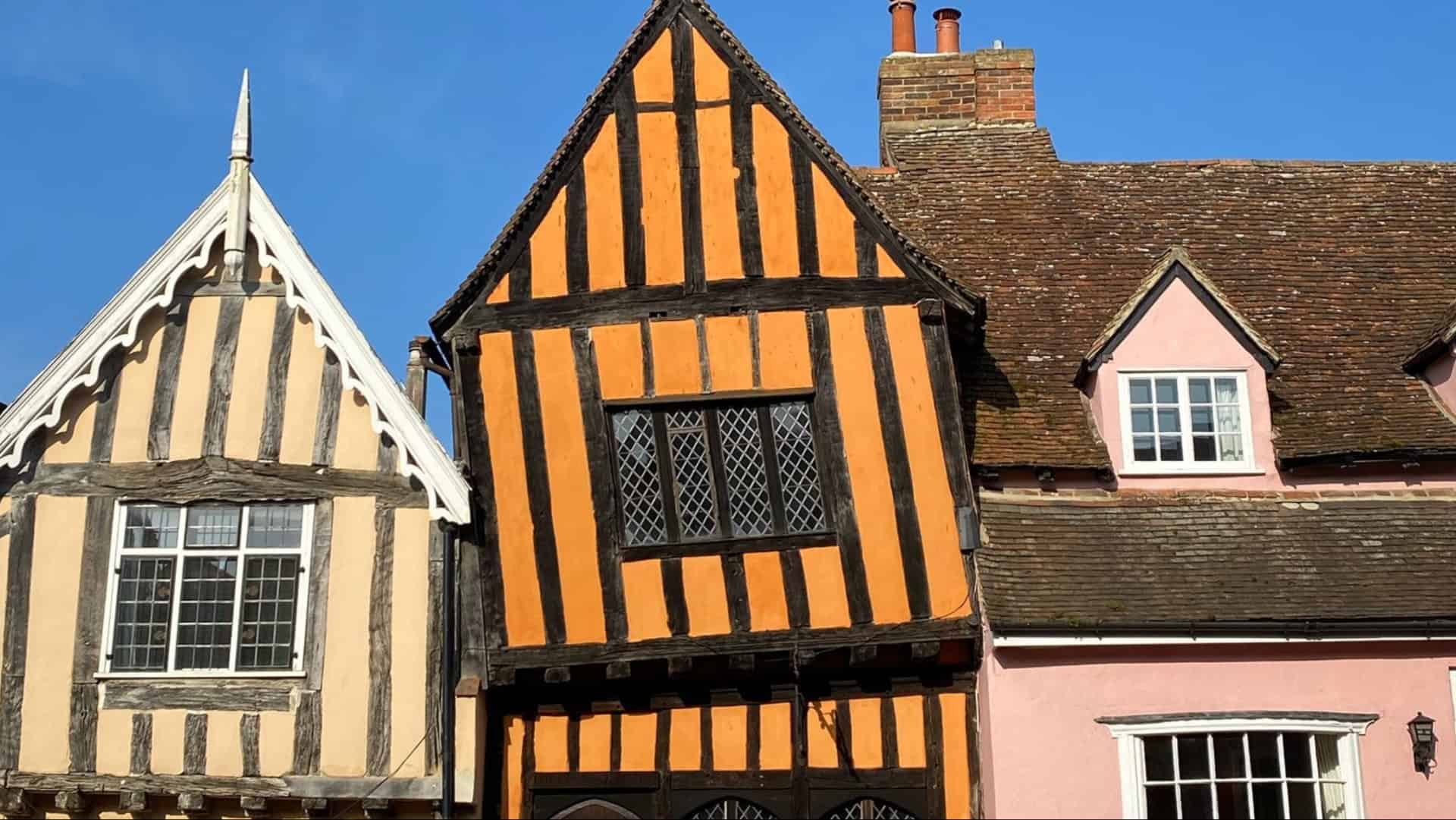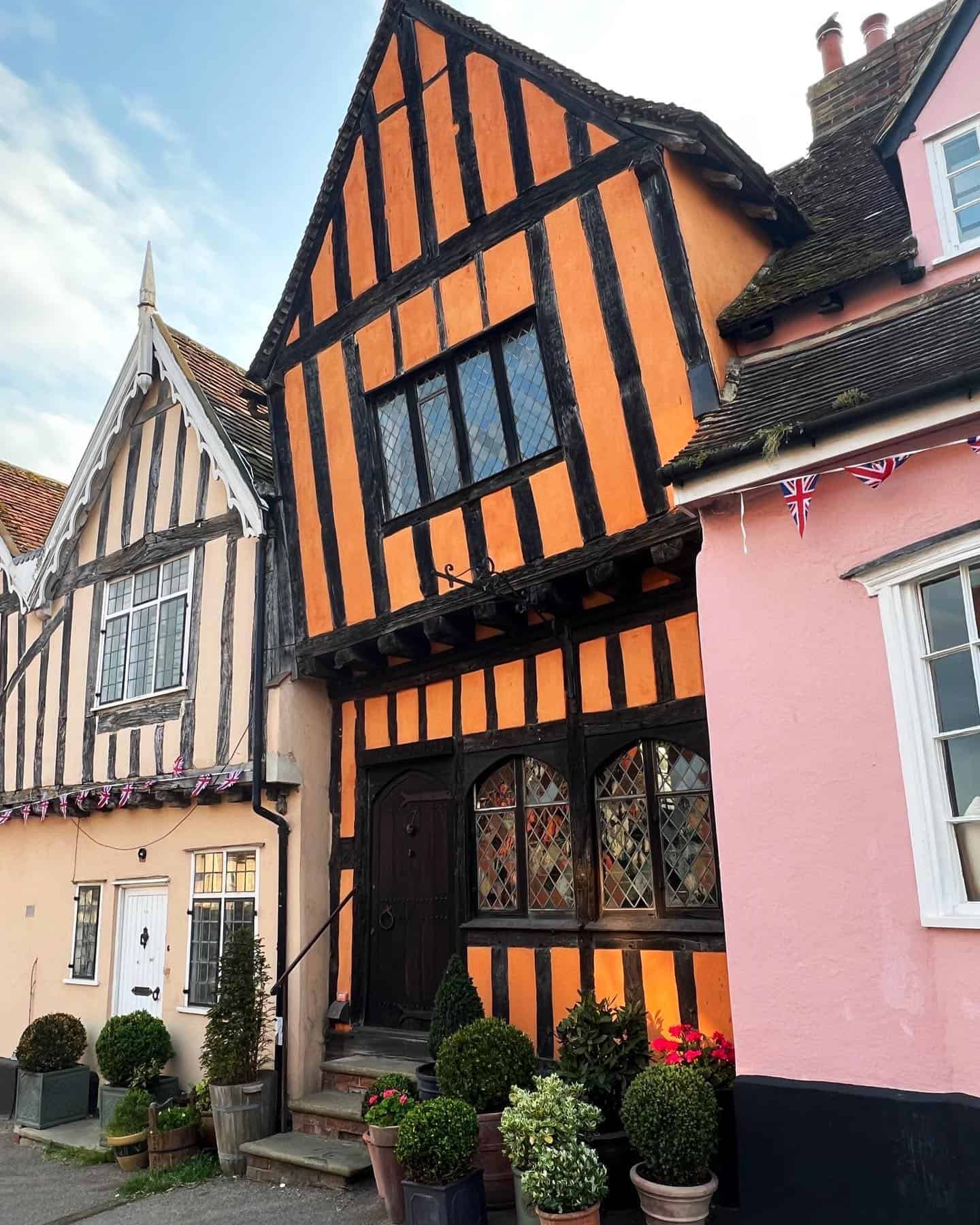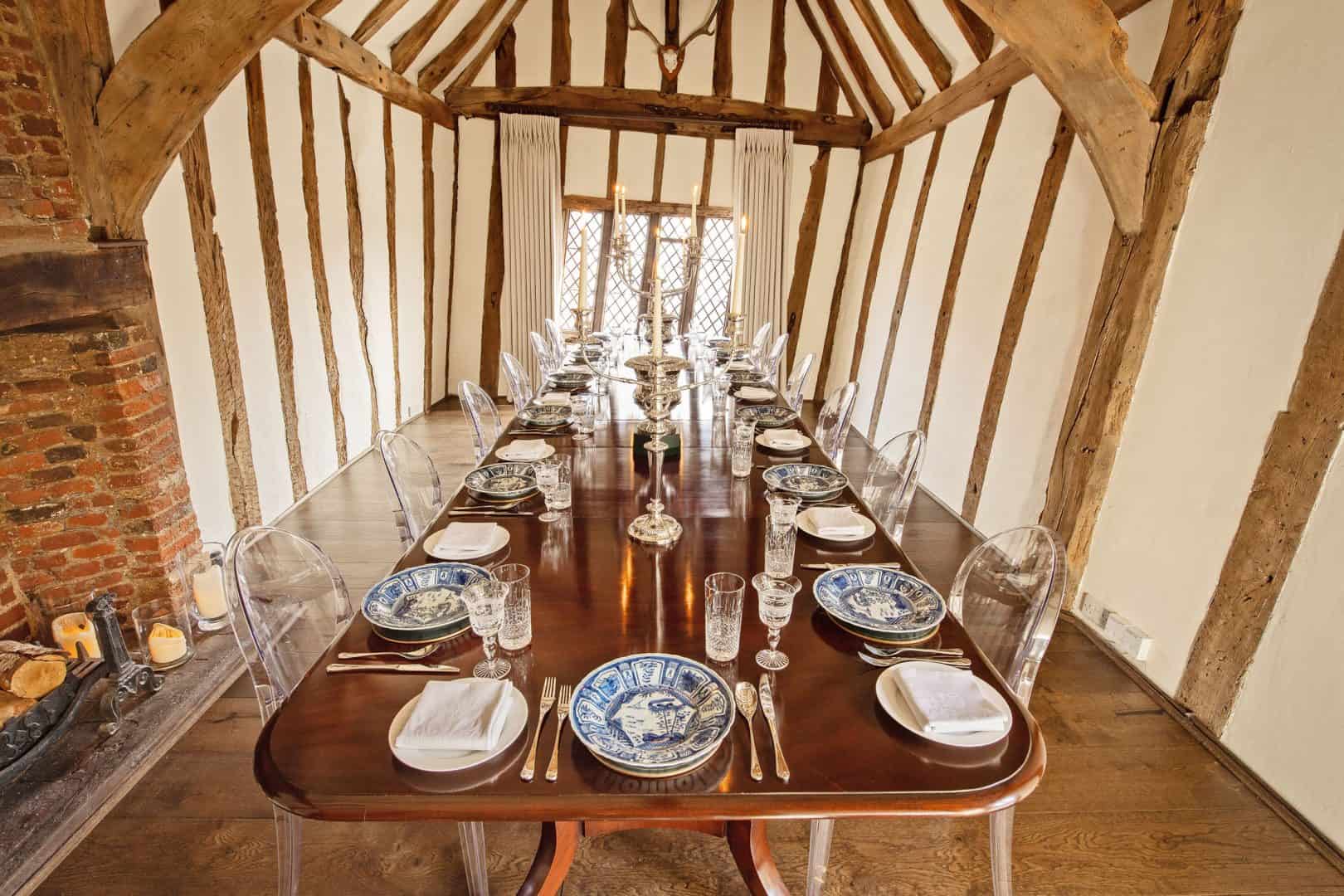Nestled in the picturesque village of Lavenham, Suffolk, the Crooked House is a charming testament to the architectural quirks of the past.
This iconic building is renowned not just for its delightful asymmetry but also for its rich history that dates back centuries.
Let’s unravel the mysteries and marvels of this enchanting house through a series of intriguing insights and captivating anecdotes.
1. Historical Origins
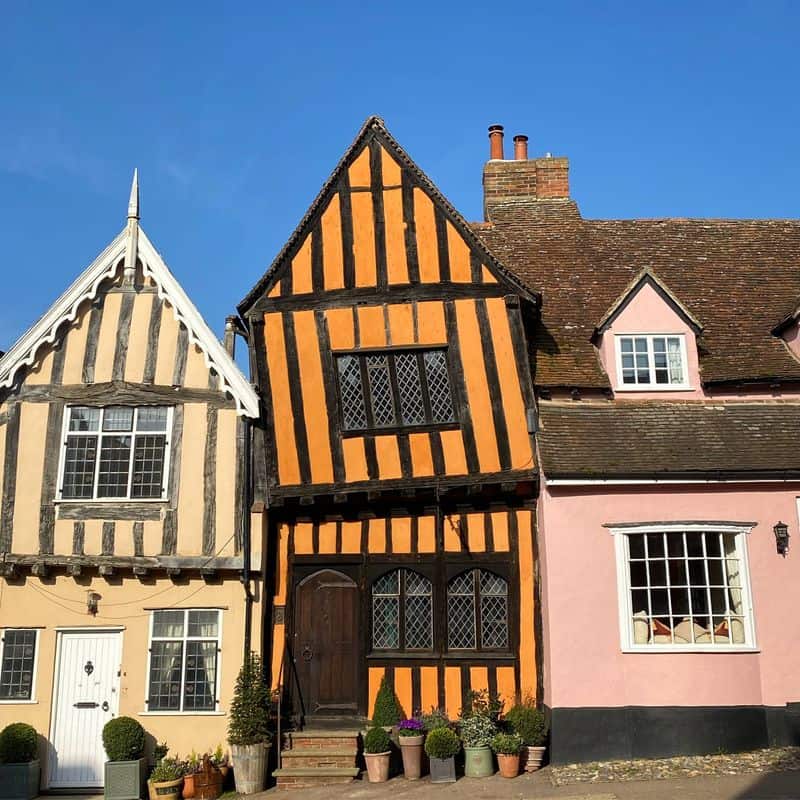
The Crooked House, with its enchanting slant, was constructed in the 14th century. Originally a wool merchant’s abode, it reflects Lavenham’s prosperous past.
Its charming crookedness is a result of age and the natural settling of the timber. The building’s historic aura whispers tales of a bygone era, making it a captivating landmark.
Visitors often find themselves lost in thought, pondering the centuries it has witnessed.
2. Local Folklore

Local folklore adds a layer of enchantment to the Crooked House. Tales of hidden treasures and secret gatherings abound, passed down through generations.
These stories, told by the village’s storytellers, weave a rich tapestry of imagination around the house. Visitors become part of the narrative, experiencing the magic firsthand.
Such folklore ensures the Crooked House remains not just a building, but a living legend in Lavenham.
3. Haunting Legends
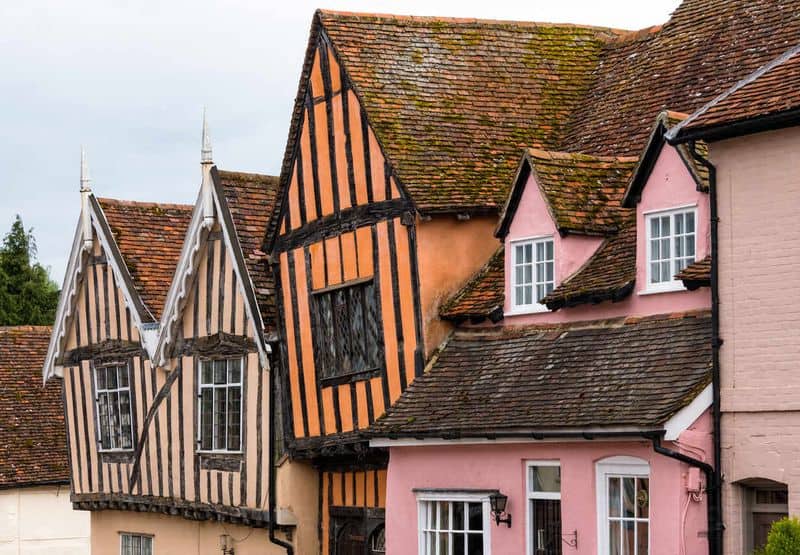
Legends of hauntings add an eerie charm to the Crooked House. Whispers of ghostly apparitions and unexplained sounds have intrigued visitors for decades.
The house’s creaky floors and shadowy corners fuel tales of supernatural encounters.
Whether fact or folklore, these stories enhance the house’s mystique, enticing thrill-seekers and history buffs alike.
It stands as a reminder that every old building has its secrets, waiting to be discovered.
4. Architectural Design
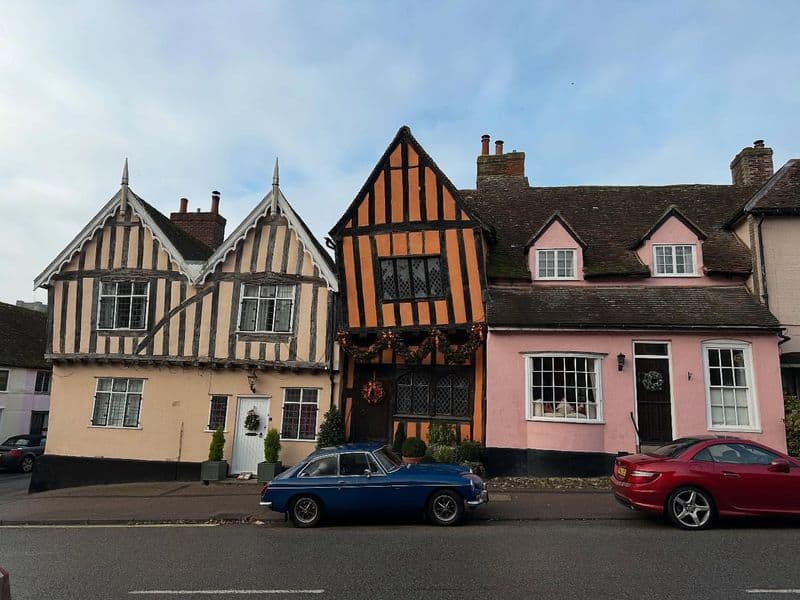
The Crooked House’s design is an architectural delight. Its uneven beams, wonky windows, and askew angles create a whimsical façade.
The timber-framed structure showcases the medieval craftsmanship typical of Lavenham. Each crooked line adds to its allure, drawing visitors into its curious charm.
The house’s design is not just a visual treat but a conversation starter about medieval building techniques. It’s a living piece of history.
5. Cultural Significance
The Crooked House holds cultural significance as a symbol of Lavenham’s heritage. As one of the most photographed buildings in Suffolk, it captures the essence of the village’s history.
The house is more than just a building. It’s a cultural icon! Often featured in literature and art, it inspires creativity and admiration.
Visitors and locals alike embrace its quirky spirit, celebrating it during local events and festivals.
6. Famous Visitors
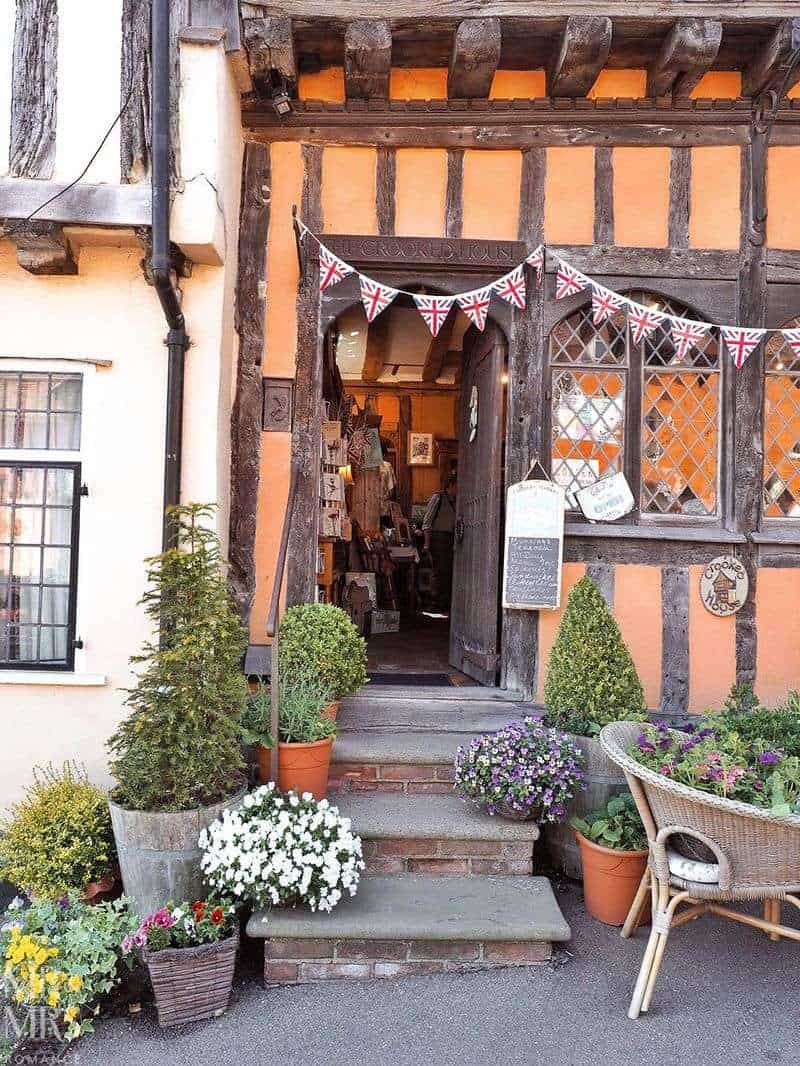
Over the years, the Crooked House has welcomed numerous famous visitors. Among them was King Henry VIII, who once admired its charming architecture.
The house’s allure has drawn artists, writers, and even royalty. Each visitor leaves with a piece of its magic, adding to its rich tapestry of stories.
The house thrives on its past encounters, each adding a layer of intrigue and historical significance to its legacy.
7. Interior Décor
Step inside the Crooked House to experience its unique interior. The slanted floors and low ceilings create a cozy, albeit unusual, atmosphere.
Decorated with vintage furniture and historical artifacts, the interior transports visitors back in time. Each room tells a story, with quirky angles enhancing the charm.
It’s a delightful journey through history, where every corner offers a new perspective on medieval living.
8. Conservation Efforts
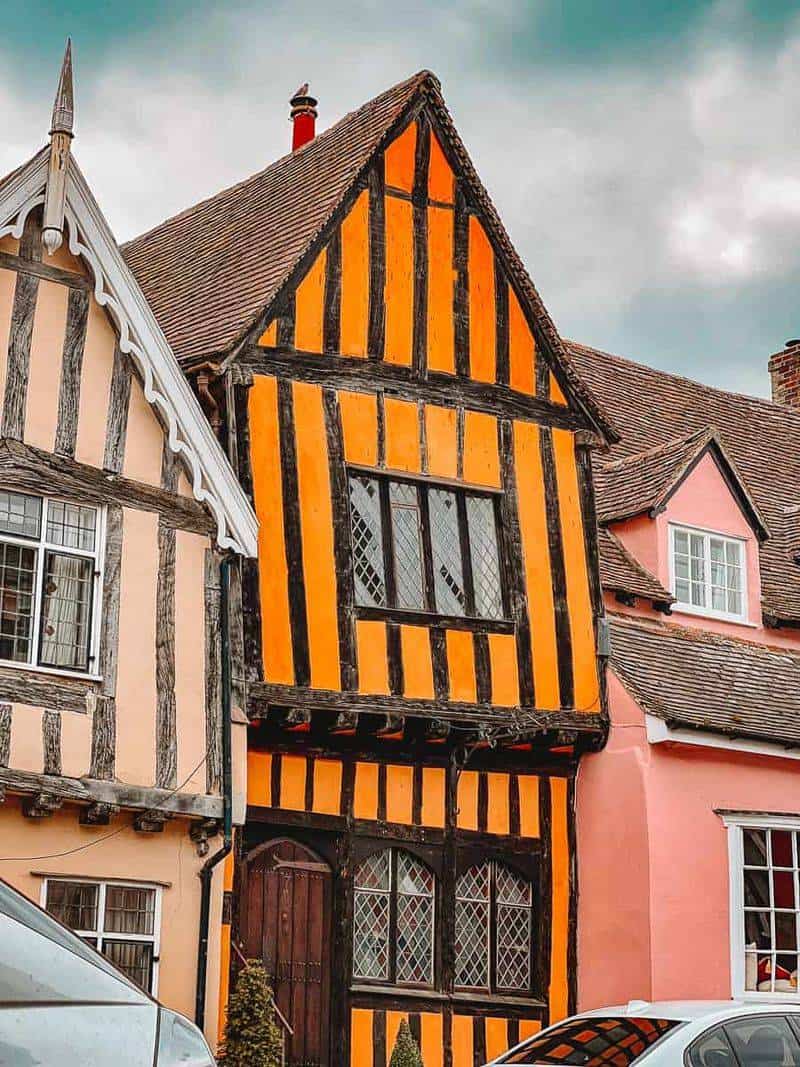
Preserving the Crooked House is a priority for Lavenham. Conservation efforts focus on maintaining its historic charm while ensuring structural integrity.
Skilled artisans use traditional methods to repair its timber frame and thatched roof. These efforts protect the house for future generations, allowing it to remain a beloved landmark.
The commitment to conservation highlights the community’s dedication to preserving its architectural heritage.

